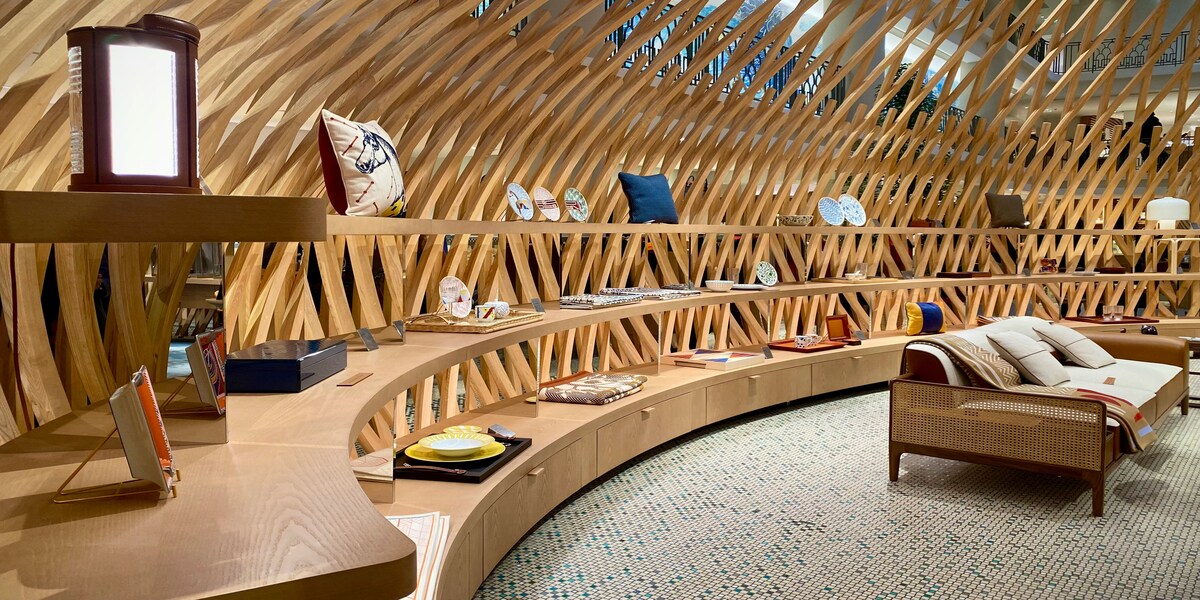-
How to become a
Retail Designer

Who is a Retail Designer, what do they do and how to become one
Who is a Retail Designer?
Taking care of retail spaces is at the base of marketing activities. Whether established boutiques or temporary shops, retail environments must be developed in a way that focuses on the customer experience and brand identity. These are the general goals implied in the job of Retail Designers – professionals who are as involved in defining the store layout and display elements as they are in choosing the furnishings and lighting details.
What does a Retail Designer do?
Stores, showrooms, malls, and any other retail space must be cared for in a wide range of aspects. A Retail Designer’s first responsibility is to plan the layout and design of the interior. The area’s organization must move from a clear idea of customers’ shopping experience. Then, all main technical aspects, such as the lighting points arrangement within the general light project, furnishings and display supports, must be considered. Important choices concern materials and the creation of focal areas to attract customers’ attention. These professionals should also pay attention to Visual Merchandising elements, both for product presentation and to express the brand’s identity, philosophy and values identifying its market positioning.
What skills should a Retail Designer have?
Creating a space that makes for a meaningful shopping experience requires technical and design skills as well as a flair for collaborative work.
- Design and planning knowledge: understanding of design principles and interior design techniques, knowledge of materials and construction.
- Software knowledge: some of the most widely used programs for designing commercial spaces are AutoCAD, Adobe InDesign or Adobe Illustrator, V-Ray, Lumion or KeyShot, Visual Merchandiser, Unity or Unreal Engine.
- Soft skills: understanding of consumer behavior and buying trends, ability to communicate and collaborate with customers, architects, suppliers and other stakeholders.
How to become a Retail Designer?
NABA's educational path directing students toward the profession of Retail Designer begins with the Three-year course in Design. Inspired by the "learning by doing" philosophy, the course alternates and integrates theoretical studies with hands-on workshops. Design methodology, CAD, materials technology, lighting engineering, furniture design, fundamentals of cultural marketing: crucial aspects and techniques towards taking the first steps as a designer of retail spaces are addressed within the curriculum teachings.

.jpg)